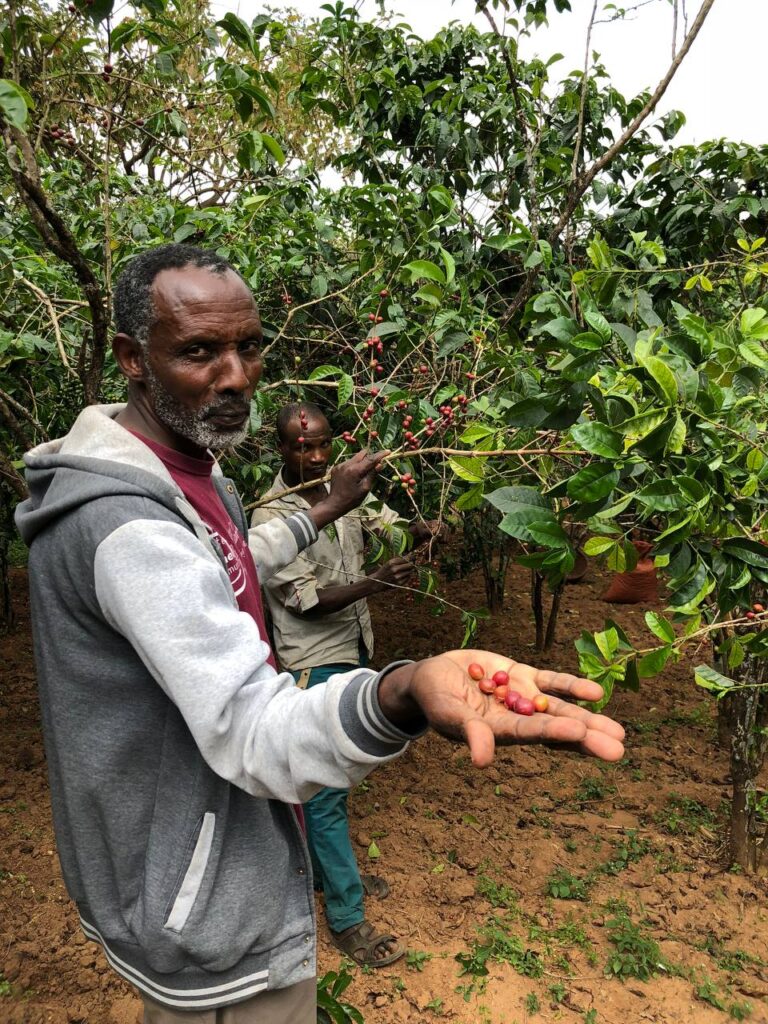Ethiopian coffee, widely hailed as the world’s best coffee, holds a special place in the hearts of coffee aficionados. Known for its rich history, diverse flavor profiles, and high quality, Ethiopian coffee is a cornerstone of the global coffee industry. This comprehensive guide delves into the unique characteristics, regions, processing methods, and cultural significance of Ethiopian coffee.

The Origins and History of Ethiopian Coffee
Ethiopia is widely regarded as the birthplace of coffee. According to legend, a goat herder named Kaldi discovered coffee in the 9th century when he noticed his goats becoming unusually energetic after eating the red cherries from a particular tree. Kaldi shared his discovery with a local monk, who then made a drink from the cherries and found that it helped him stay awake during long hours of prayer. This story, whether factual or mythical, underscores Ethiopia’s deep connection to coffee.
Ethiopia’s coffee history is not just folklore; it is backed by centuries of cultivation and trade. The country’s unique climate, diverse topography, and rich soils create the perfect environment for coffee to thrive. Ethiopian coffee beans have been traded across the Arabian Peninsula and beyond for hundreds of years, solidifying the country’s reputation as a premier coffee producer.
Unique Characteristics of Ethiopian Coffee
Ethiopian coffee is renowned for its unique and diverse flavor profiles, which vary depending on the region, altitude, and processing methods. Here are some of the distinctive characteristics that set Ethiopian coffee apart:
- Flavor Profiles: Ethiopian coffee is celebrated for its complex and vibrant flavors. Common notes include bright acidity, floral and fruity undertones, hints of berries, citrus, and stone fruits, as well as rich chocolate and spice notes. Each cup of Ethiopian coffee offers a unique and memorable tasting experience.
- High Altitude: Many of Ethiopia’s coffee-growing regions are situated at high altitudes, often between 1,500 and 2,200 meters above sea level. The high elevation, combined with moderate temperatures and ample rainfall, allows the coffee cherries to mature slowly, resulting in denser beans with more concentrated flavors.
- Heirloom Varieties: Ethiopia is home to numerous indigenous coffee varieties, often referred to as heirloom varieties. These unique genetic strains contribute to the complex and diverse flavor profiles found in Ethiopian coffee. The country’s coffee diversity is unparalleled, with thousands of unique cultivars thriving in its various regions.
- Processing Methods: Ethiopian coffee is processed using both washed (wet) and natural (dry) methods, each contributing to the coffee’s distinct characteristics. The washed method typically results in cleaner, brighter flavors, while the natural method enhances fruity and wine-like qualities.

Key Coffee-Growing Regions in Ethiopia
Ethiopia’s diverse topography and climate give rise to several distinct coffee-growing regions, each with its own unique flavor profiles and characteristics. The most prominent regions include: